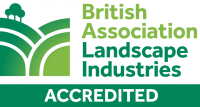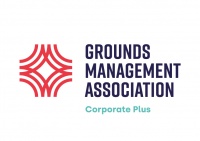TOPSOIL SALES TEAM
Contact British Sugar TOPSOIL for advice:


It is vitally important to prepare the area where you're applying the topsoil. The following are particularly important:
Remove all debris and contaminants such as wood, concrete, bricks, tarmac, glass, etc
Lightly culivate the surface to a depth of approx 30mm to loosen the soil and create a 'key' for the new topsoil.
Preserve this preparation by minimising pedestrian and vehicular traffic, especially in wet conditions.
If you do not have a free-draining site then the installation of a suitable drainage system should be considered.
Perennial and evasive weeds such as couch grass or Japanese Knotweed must be controlled and removed in accordance with statuatory requirements.
All TOPSOIL products are free of perrenial weeds and Japanese Knotweed.
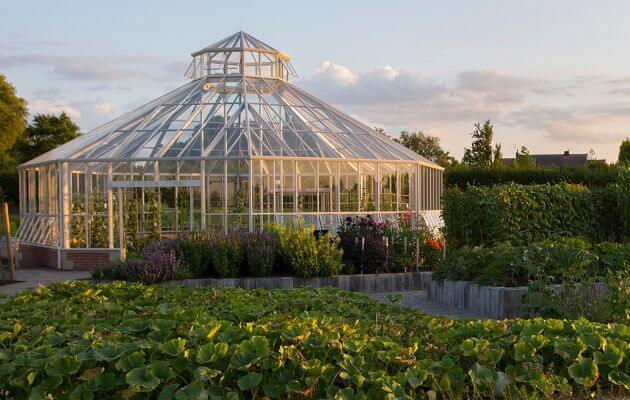
In deciding on a particular planting scheme it is very important to consider compatibility with soil type along with other factors such as shelter, moisture and sunlight levels. All these can make a significant difference as to how well the new plants thrive. If in doubt, speak to your supplier or contractor.
When buying topsoil, it is important to discuss with your supplier/contractor, details such as site access as this can affect what size of vehicle can be used.
Bulk deliveries can be made by articulated, 8 wheeler or grab lorries depending on access and availability.
As a guide the amount of TOPSOIL carried by these lorries is:
Critical dimensions (see below) are based on the truck approaching the entrance in a straight line. If the approach access is at an angle then more space will be required.
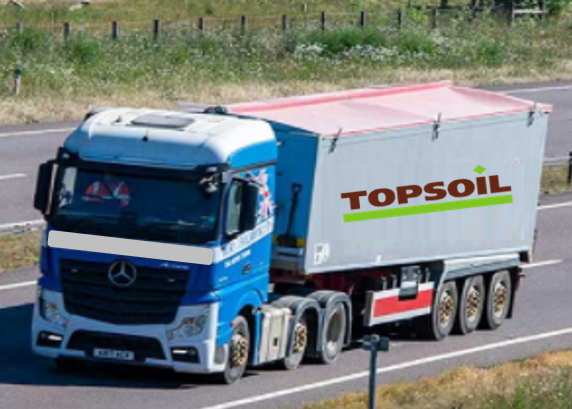
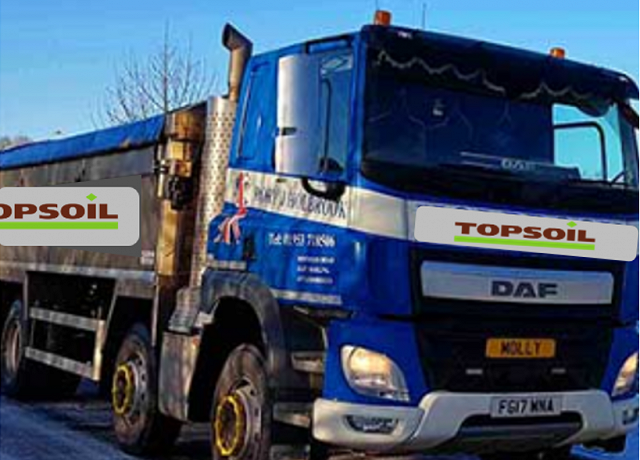
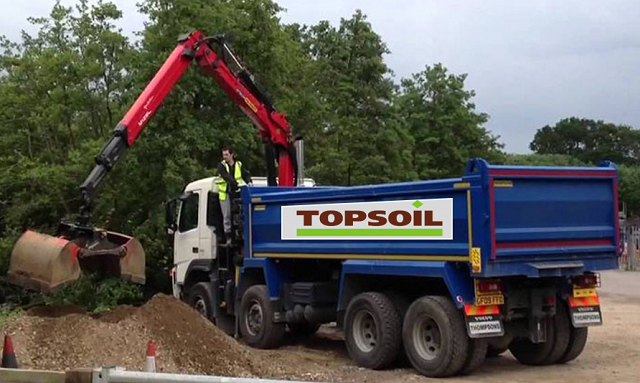
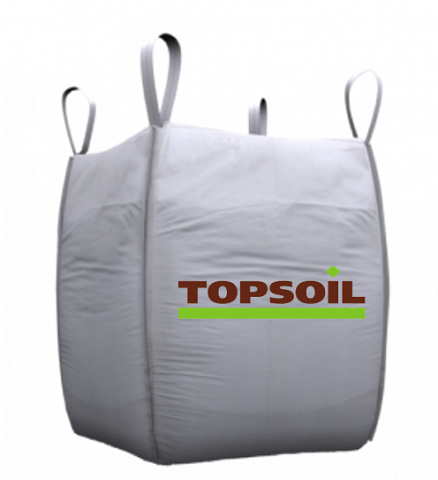
| Gross weight | 44 tonne |
| Net weight | 29 tonne |
| Width | 3.2 metres |
| Length | 12.8 metres |
| Height | 4.0 metres |
| Gross weight | 32 tonne |
| Net weight | 20 tonne |
| Width | 3.2 metres |
| Length | 11.5 metres |
| Height | 3.7 metres |
| Gross weight | 32 tonne |
| Net weight | 15 tonne |
| Width | 3.0 metres |
| Length | 11.3 metres |
| Height | 3.7 metres |
Minimum order: 28 bulk bags for delivery (with offloading on site available) , no minimum order for collection.
Considerations:
Do you have an on site means of unloading the bags?
Do you need a self unloading vehicle?
We can deliver by grab or moffet
